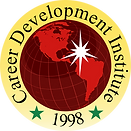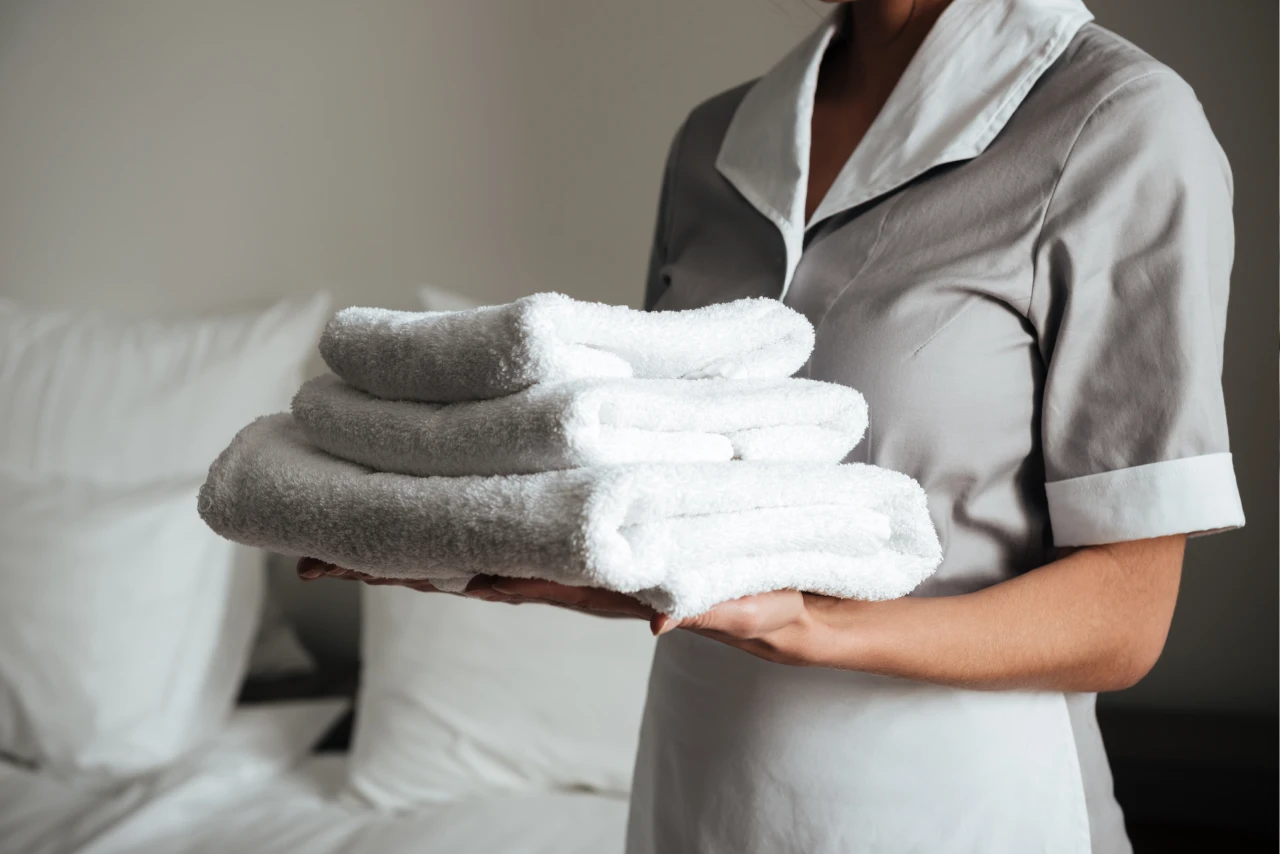DIVISION OF SOCIAL CARE
Medical Office Assistant
About the programme
Objectives
- To emphasize the nature the medical assistant’s function.
- To equip the student with the requisite knowledge and skills necessary to function in a care-giving business environment.
- To provide basic theoretical knowledge and practical training in treating to patients waiting to see the doctor.
Course Outline
1. Define the office.
2. Describe the specific function of the office.
3. Explain the duties of the Receptionist.
4. Organizational structure.
5. Collecting new patient data.
6. Opening & closing the office.
7. Maintaining inventory stock control & ordering.
8. Preparing medical charts for incoming patients.
9. Open and sort business correspondence.
10. Scheduling techniques.
1. Identify the importance of oral, written and non-verbal communication.
2. Job readiness skills – interviewing techniques.
3. Prepare resumes & cover letters.
4. Professional attributes.
5. Demonstrate methods of receiving, placing and recording calls.
6. Evaluate and record a phone message.
7. Design essential components of a letter.
8. Develop effective listening skills.
9. Greeting and responding to the patient.
10. Escorting and instructing the patient.
11. Develop a plan on how to deal with common scenarios:
i. Late appointments.
ii. Angry patients.
iii. Talkative patients.
iv. Missed appointment.
v. Very sick need to be seen immediately.
1. Prepare a bank deposit.
2. Post entries on a day sheet.
3. Fill out cheques correctly.
4. Establish and maintain a petty cash fund.
5. Ledgers, records & credits.
6. Patient’s itemized monthly statements.
1. Interpret medical abbreviation.
2. Apply medical abbreviations.
3. Identify the basic structure of medical words.
1. Evaluate medical ethics and related issues.
2. Patients rights.
3. Confidentiality.
1. Read and record accurately patients vital signs.
a. Blood pressure.
b. Pulse.
2. Take patients blood pressure accurately and be able to record it.
3. Test and record results of urine samples.
1. Distinguish between subjective and objective information.
2. The purpose of medical records.
3. Formatting medical reports.
4. How medical records are maintained.
5. Maintain patient charts.
6. Organize alphabetical and numerical filing.
7. Patient information data entry.
1. Describe the organization of the human body.
2. Link the basic body parts to their position in the human body.
1. Correct use of:
a. Stethoscopes.
b. Blood Pressure Kits.
c. Glucose Kits.
d. Thermometers.
1. The Fire Triangle.
2. Evacuation Procedures.
3. Use of Extinguishers.
4. Types of Fires.
5. Types of Extinguishers.
1. Identify procedures for lost and found property.
2. Explain security procedures for equipment and materials.
3. Identify security threats or hazards.
4. Describe methods to deal with above threats and hazards.
5. Describe safety precautions with unauthorized persons and dangerous or threatening persons.

Assessment
Participants will be assessed based on attendance, class participation, the final examination and practical assessment. The exam accounts for 70% of the final grade.
Instructional Approaches
This course will involve a mix of lectures and discussions and practical. To benefit fully, students’ participation in all aspects of the course is required. Students must:
- Attend all lectures
- Prepare for lectures
- Contribute to all discussions
Pre-requisites
Most of our courses do not require academic qualifications, except for Diploma and CVQ Level 3 programmes, which typically require three (3) CSEC passes, including English, or equivalent qualifications. Mature applicants without formal qualifications may be accepted based on relevant work experience.
Cost
- Registration: $50.00
- Course Fee: $1200.00
- Deposit: $600.00
- Second installment: $600.00 to be paid before course commencement.
Duration
- 6 Months
Call +1 (246) 431-0957 or WhatsApp +1 (246) 827-0657 for further information. Some aspects of this course outline are subject to change.
Related courses

Nursery Care
LEVEL 2 CVQ
- Duration: 12 - 18 Months
- Modules: 6
- Cost: $2200.00 BDS

Early Childhood Education
CERTIFICATE COURSE
- Duration: 6 Months
- Modules: 6
- Regular Cost: $900.00 BDS
- Advanced Cost: $1200.00 BDS

Nursing Auxiliary Studies
CERTIFICATE COURSE
- Duration: 12 - 18 Months
- Modules: 6
- Cost: $3200.00 BDS

Housekeeping
CERTIFICATE COURSE
- Duration: 6 Months
- Modules: 8
- Cost: $600.00 BDS
